Revolutionising Medical Education: Singapore’s transformative approach
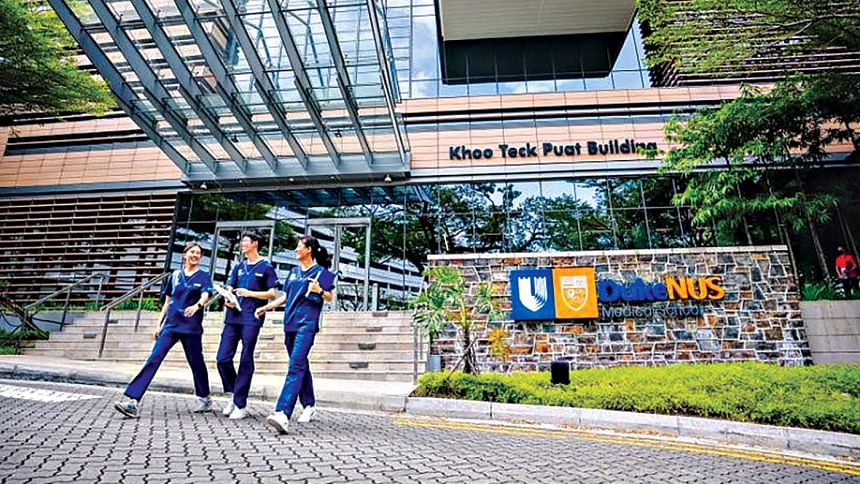
In an era where innovation and adaptability define success, Singapore has pioneered a transformative medical education system that merges disciplines and cultivates multi-faceted healthcare professionals. At the heart of this innovation is SingHealth Duke-NUS Academic Medical Centre, which has redefined the conventional path to medical practice, incorporating engineering, business, and artificial intelligence into the medical curriculum. This novel approach was highlighted during my conversation with Prof London Lucien Ooi Peng Jin, Group Director of the International Collaboration Office at Singapore General Hospital, and Dr Rena Dharmawan, a surgeon and innovator trained under this curriculum.
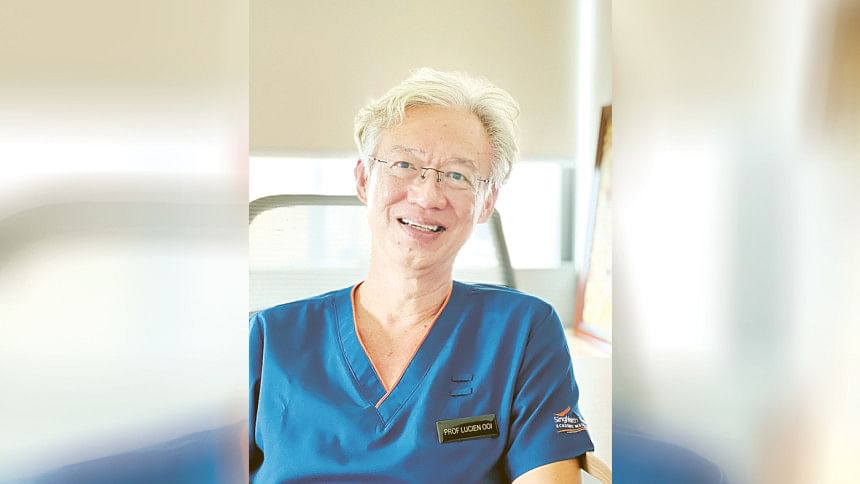
A medical education model beyond borders: Prof Lucien, a key architect of this transformation, describes Singapore's approach as a blend of the best practices from the British and American systems, with a distinctive Asian pragmatism. Traditionally, medical education follows a linear trajectory: undergraduate science education, medical school, and clinical training. Singapore, however, has introduced a system where students with diverse academic backgrounds—ranging from engineering and business to law and data science—are integrated into medical education.
"We realised that just training doctors to diagnose and treat patients is not enough," Prof Lucien explains. "We need clinicians who can identify problems and design solutions, be it through artificial intelligence, medical devices, or innovative healthcare delivery models."
This interdisciplinary approach is not just theoretical. The programme recruits students with non-traditional medical backgrounds and places them on specialised tracks. For instance, engineers who pursue an MD are groomed to develop medical devices and AI-driven solutions, while those with business acumen learn how to lead healthcare startups and manage hospital systems. The programme's partnerships with institutions such as Duke University, University College London, and MIT further enrich this educational model, exposing students to a global ecosystem of knowledge and research.
From Engineering to Medicine: A personal journey: Dr Rena Dharmawan embodies the success of this integrated curriculum. Originally trained as a biomedical engineer at the University of Michigan, she transitioned to medicine through Duke-NUS Medical School. "Technology can significantly improve patient outcomes," she notes. "My exposure to both engineering and medicine allowed me to see beyond treatment and focus on innovation."
After completing her MD, Dr Dharmawan pursued a surgical residency while simultaneously launching a startup. Inspired by her passion for medical device innovation, she took a year off to study at Stanford University, where she was part of the renowned Biodesign programme. There, she and her team developed a device for at-home haemorrhoid treatment, which later received FDA approval and was successfully acquired by a larger firm.
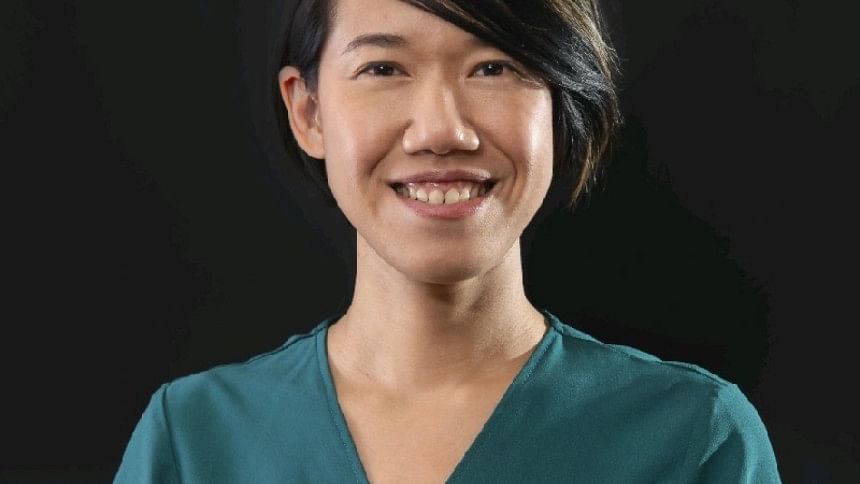
Her journey did not stop there. She co-founded two more startups—one that created a healthcare co-working space for medical entrepreneurs and another that connected home care nurses with patients through an Uber-like platform. Eventually, she returned to academia to lead the Duke-NUS Health Innovator Programme (DHIP), which integrates innovation training into medical education. "We need doctors to think like entrepreneurs and problem-solvers," she emphasises. "By training them early, we ensure they can navigate the complex world of healthcare innovation."
Bridging medicine and innovation: The DHIP programme encapsulates Singapore's vision for the future of medicine. Each student team consists of a medical student, a biomedical engineer, and a business student. The curriculum focuses on real-world problem-solving, from identifying healthcare inefficiencies to developing viable solutions. The culmination of this nine-month programme is a Shark Tank-style pitch competition, where students present their ideas to potential investors and healthcare leaders.
What sets this initiative apart is its direct collaboration with industry leaders. Companies like Johnson & Johnson Vision mentor student teams, ensuring their innovations are commercially viable. "Many medical schools emphasise research, but few teach commercialisation," Dr Dharmawan explains. "Here, students learn how to turn an idea into a tangible healthcare solution."
A blueprint for the future: Singapore's model is groundbreaking not just for its structure but also for its impact. By integrating multiple disciplines, the programme is creating a new breed of doctors—ones who can think critically, innovate, and adapt to the rapidly evolving medical landscape. Prof Lucien believes that the success of this approach will inspire other countries to adopt similar models. "We are not just following global standards; we are setting them," he asserts.
For professionals and policymakers worldwide, Singapore's approach offers valuable insights. As healthcare becomes increasingly reliant on technology, interdisciplinary medical education is no longer optional—it is essential. By fostering a generation of doctor-engineers, doctor-entrepreneurs, and doctor-data scientists, Singapore is ensuring that its healthcare system remains at the forefront of medical innovation.
In an age where medicine is evolving beyond traditional boundaries, Singapore has provided a model that is both visionary and practical. This integrated approach may well be the future of medical education worldwide.
E-mail: [email protected]
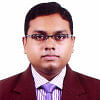
 For all latest news, follow The Daily Star's Google News channel.
For all latest news, follow The Daily Star's Google News channel. 


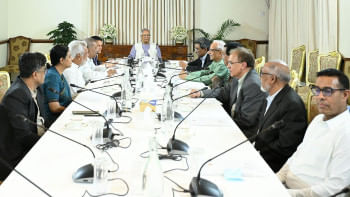
Comments